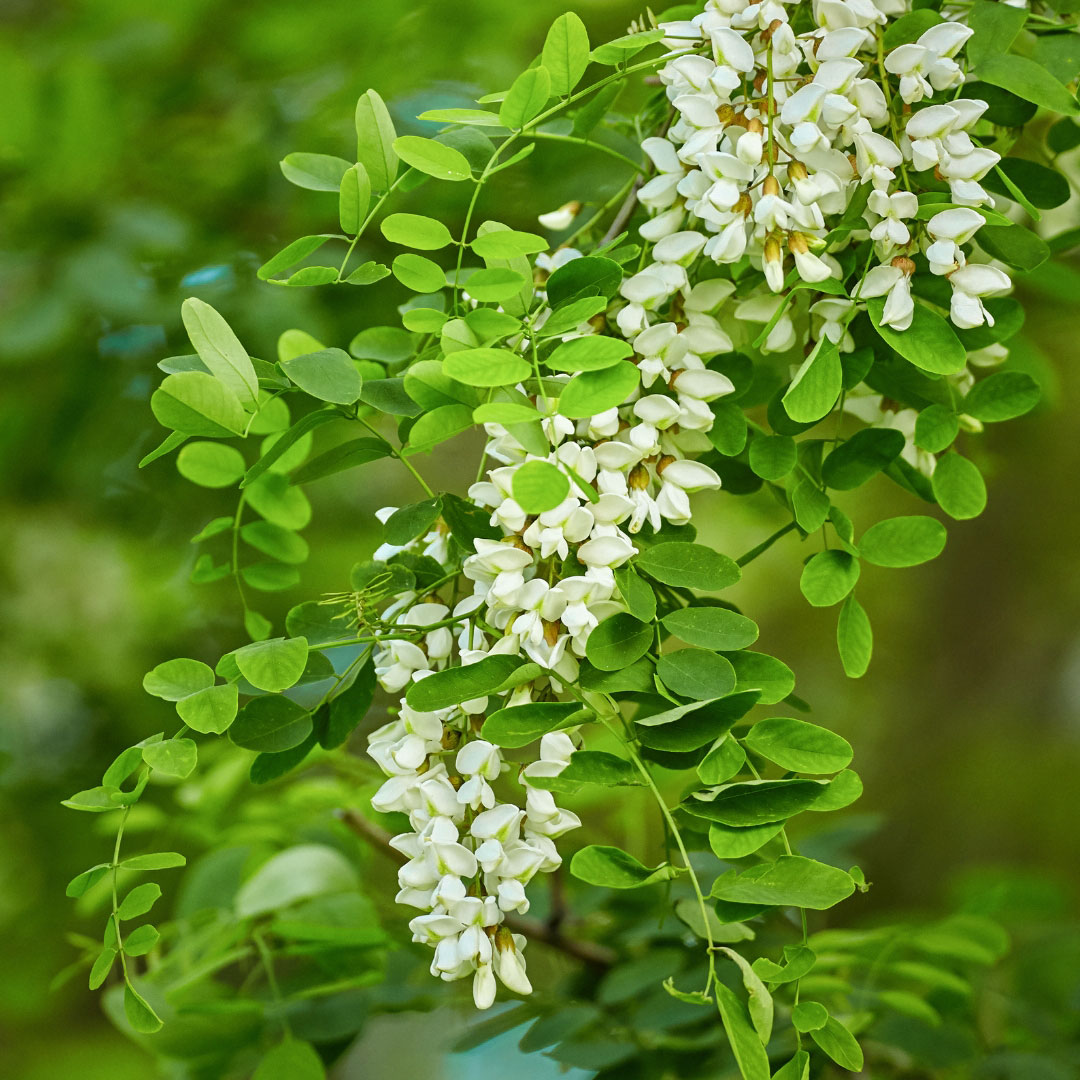Blog
How to Garden Mindfully with Native and Non-Native Species

A story by Sydney Wissmann. This article is also featured in the February 15, 2023, Now in Nature.
Should you only garden with native plants? I was recently chatting with my assistant land steward coworker about this subject. We both agreed that it is difficult to reconcile with planting non-native species, especially when our job is to remove invasive ones. Yet the problem is much more complex than just "yes" or "no" when it comes to plants outside (and even inside) of our range.
It may seem straightforward to know whether a plant is native or not, but I recently stumbled across a tricky case in my own backyard. While cleaning up brush, I noticed some black locusts have started to establish themselves. Many will say Robinia pseudoacacia is a native species, and according to maps, Clermont County certainly is in its native range, albeit on the northern edge of it. However, other sources claim that for much of the U.S., this plant is invasive, as it forms colonies and can tolerate poor soils, spreading itself prolifically and shading out native plants. It has even become a nuisance in China and Europe! Compounding the issue is the fact that black locusts were utilized as fence posts, meaning they were spread throughout the country by settlers and thus the native range prior to colonization could have been much smaller.
Of course, black locust is not the only plant that creates a complex issue. "Native" can be as specific as a particular woodland or broad enough to encompass all of North America. Thus, a well-intentioned person may plant something that says "native" on a seed packet or plant label, not realizing that it is not native to their specific location at all. And of course, there are non-native species that are favorites in the garden without spreading outside of it; gardeners do not have to rip these out just because they aren't native, so long as they stay put. That being said, there are a few guidelines we can follow when it comes to gardening in order to benefit the local environment while also creating beautiful spaces.
First, do your research on each species you intend to plant (or already have planted). It doesn't need to be time-consuming; a quick "[plant name] invasive" search on Google usually suffices. If the answer seems unclear, don't plant the species—it could become our next invasive plant headache. As for my black locust issue, it is not a matter of planting but of removal. In these cases, use your best judgment: does the plant seem to be crowding out others? Does it grow extremely quickly? What are its benefits and disadvantages? What would it take to remove it?
In my case, I have ultimately decided to try to remove the black locusts. They have started to encroach on native herbaceous species I would like to protect, and their nitrogen-fixing properties may induce invasive species to grow around them. At the same time, I have hostas in my garden, which are non-native, that I have decided to keep. While it may seem counterintuitive to remove a native species and keep non-native ones, the hostas are not spreading, and they fill a niche in a shady, damp place that other plants would struggle with—not to mention they are gorgeous.
Gardening is an enjoyable, relaxing hobby, but requires due diligence. Using native plants is particularly wonderful for the environment and can result in beautiful landscapes both people and wildlife will find satisfying. With a basic knowledge of each species and the land, any gardener can become a mindful steward of the natural world.
Sources:
- Black Locust | Department of Horticulture (uky.edu)
- Invasive of the Week: Black Locust | Matthaei Botanical Gardens and Nichols Arboretum (umich.edu)
- Black Locust: Invasive In Woodlands? | Purdue Extension Forestry & Natural Resources
- Virginia Tech Dendrology Fact Sheet (vt.edu)
- Invasive Species Sheet - Black Locust | NRCS Connecticut (usda.gov)